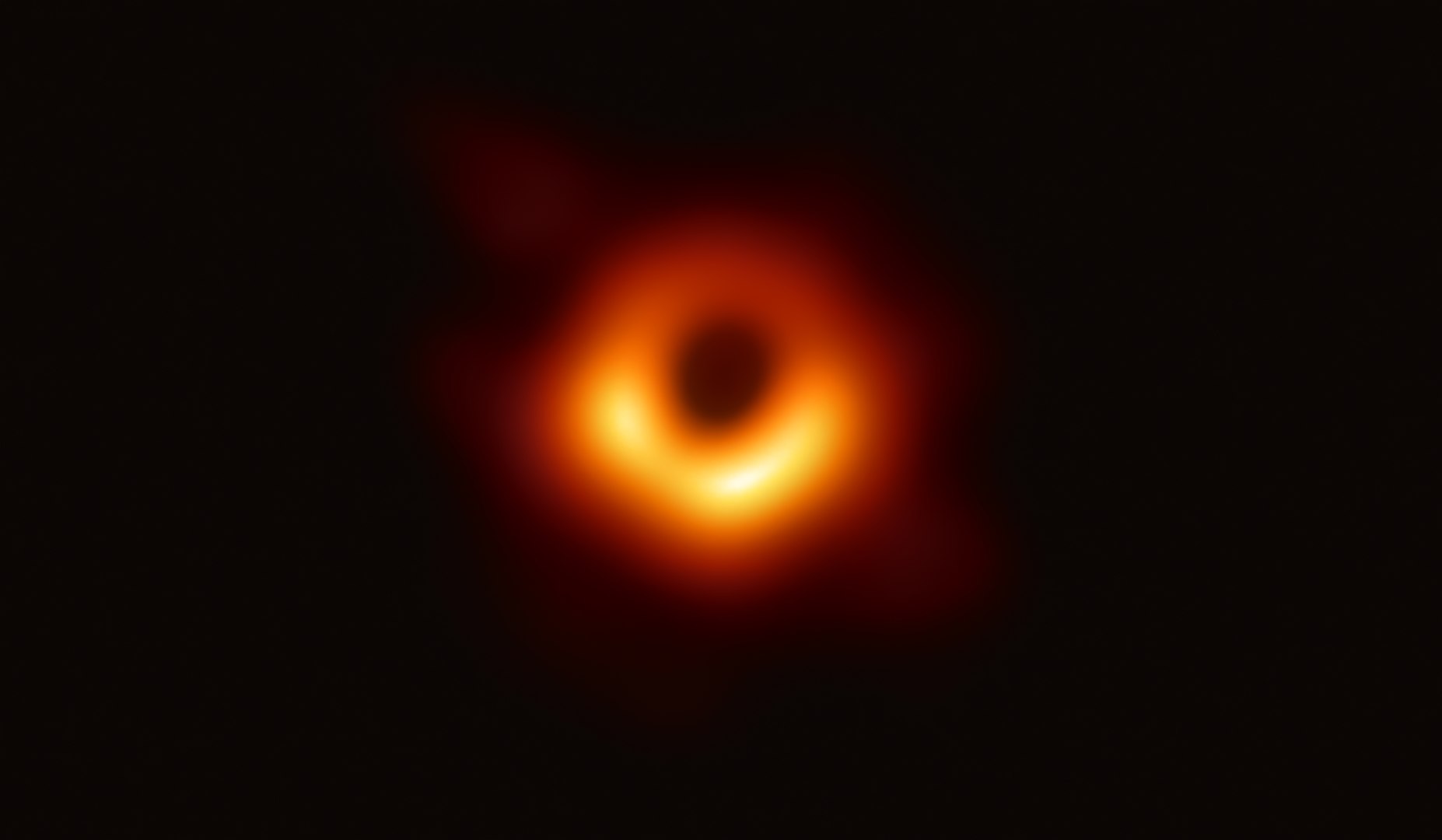Although supermassive black holes (SMBHs) are found at the centers of
most massive galaxies today, over 200 quasars (actively accreting
SMBHs) have now been discovered at redshifts z > 6, less than a
billion years after the big bang. Their discovery beginning in 2003
posed serious challenges to paradigms of cosmic structure formation
because it was not understood how such massive BHs formed by such
early times. I will discuss theories of the formation and evolution
of the first quasars down through cosmic time and conclude with new
supercomputer simulations that show that they were a natural
consequence of cosmic structure in cold dark matter cosmologies:
children of the cosmic web.
Daniel Whalen is a senior lecturer at the Institute of Cosmology and
Gravitation at the University of Portsmouth. He received his PhD from
the University of Illinois at Urbana-Champaign and held postdoctoral
appointments at Los Alamos National Laboratory, Carnegie Mellon
University, and Heidelberg University before joining ICG in 2016. He
specializes in numerical simulations of primeval structure formation:
the first stars, supernovae and SMBHs.



Leave a Reply